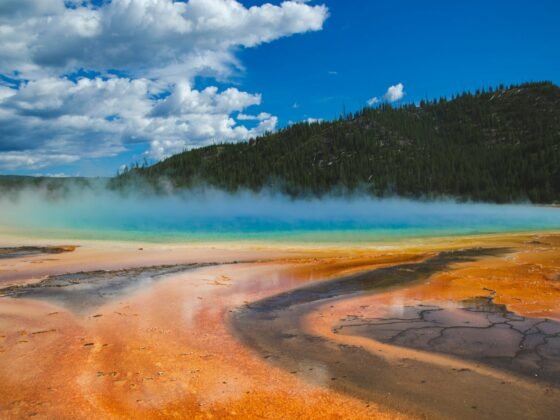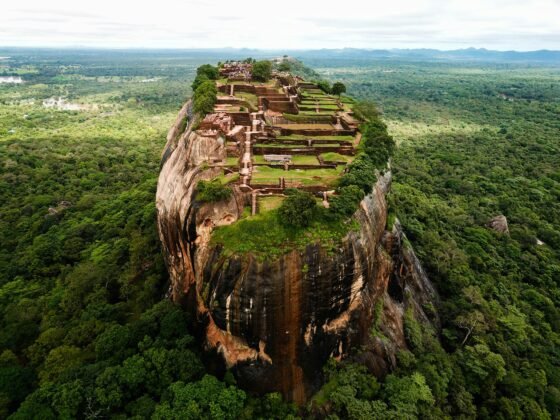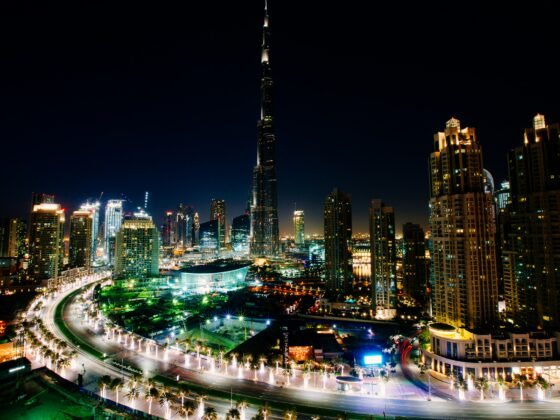Seville is Andalucía’s cultural capital and the fourth largest city in Spain. It rose to prominence during period of trade and exploration in the 15th century and today Sevilla (in Spanish) boasts spectacular fiestas, superb nightlife and a somewhat romantic culture, with narrow medieval lanes laden with heady orange scents.
Located at the mouth of the Guadalquivir River, Seville established itself as an important hub, evidence of which can be seen within the myriad of ancient buildings and important monuments. Even today Seville retains a strong and unique identity at the heart of Andalucia.
Alcázar of Seville – The sumptuous medieval Islamic palace-cum-castle is Seville’s premier cultural sight; offering an intriguing insight into the unique fusion of both Spanish Christian and Moorish architecture. Initially established as a fort for Cordoban officials, much of the complex actually dates from the 1300s and this is the oldest palace in Europe to still be in use. And together with the Cathedral and Archivo de Indias, this must-see trio form a UNESCO World Heritage listing.
Catedral de Sevilla – This majestic cathedral dates back to the 15th century and boasts the claim of being one of the largest religious structures in the world. Constructed on the site of the 12th-century Almohad Mosque, the original minaret, aka the Giralda Tower, still stands tall beside the cathedral. Just inside the vast door stands a statue in honour of legendary explorer Christopher Columbus, where his tomb reputedly also resides.
Plaza de Espana – The inimitable landmark of the Plaza de Espana has recently been renovated – restoring it to its former Renaissance Revival style glory. Located in the city’s Parque de María Luisa, the plaza was built for the 1929 Ibero-American Exposition. It’s also been used as a backdrop for some of the new Star Wars episodes.
Santa Cruz – If Sevilla is the cultural capital of the Andalucia region, the Santa Cruz is undoubtedly the cultural capital of Sevilla! It’s typified by winding medieval lanes, which lead to romantic plazas bathed in a rich scent of orange blossom. Also home to the Jewish Quarter, the area is the spiritual home of two of Andalucía’s most famous (and often controversial) traditions of bullfighting and flamenco. And it’s here in Santa Cruz that you’ll find a superb concentration of art galleries, museums and cultural delights. Don’t miss the Centro de Interpretación Judería de Sevilla museum and the intriguing Museo del Baile Flamenco housed within an 18th century building. Santa Cruz also boasts lively tapas bars, clubs and restaurants which attract a relaxed, fun-loving crowd.
Parque de María Luisa – At the heart of the city is the serene Maria Luisa Park, where pretty duck ponds, architectural fountains and orange-scented groves allow you to chill out. Walk the mini-canals, browse the on-site Museo Arqueológico or hire a quad bike to zip along the trails.
Basílica de La Macarena – In a city that boasts a myriad of architectural heritage – Roman, Gothic, Renaissance, Baroque and Islamic – the superlative Basilica of La Macarena more than holds its own. Home to the revered Macarena Virgin of Hope, patron of local bullfighters, there is much to see here; from the sumptuous statue bearing a golden crown, to the on-site museum brimming with iconography.
Torre de Oro – The 13th century Tower of Gold once sported a gold-topped roof, in what was an old bastion within the Moorish walls. Today the tower is home to the local maritime museum.
Tapas in Seville – Reputedly there are around 4,000 tapas bars dotted amongst Seville’s streets – that’s an alarming one bar per 200 locals! And the best district to soak up the infectious Andalucian atmosphere is the ever-popular Barrio Santa Cruz where the sultry nights stretch into the small hours; talking, walking, nibbling and drinking are definitely the order of the day. Don’t miss ‘pulpo’ (octopus), ‘lomo’ (air-dried loin of pork) and ‘gambas’ (prawns). And of course ‘patatas bravas’ (crispy potato wedges) and the local ‘jamón Iberico’ (unique local ham from black-footed pigs) is ubiquitous around these parts!
Festivals – Catch festival-fever in Seville, which boasts a packed annual calendar of fiestas – watch the city come alive during the lively street processions of Semana Santa (Holy Week), which is celebrated with particular aplomb here! And then there’s Seville’s take on the annual fair, aka Sevilla Feria, complete with one of the best funfairs on the continent, where tradition rules – think flamenco dancing, tapas and guitar-based music.
Flamenco – The grace and power of the centuries-old Flamenco is brought to life in Seville. Enjoying something of a resurgence in popularity of late, flamenco has been added to UNESCO’s list of Intangible Cultural Heritage. There are many local ‘tablaos’ (literally translated as floorboards) where the elaborately choreographed flamenco shows are performed. Take your pick from; one of the oldest tablaos at Los Gallos Tablao Flamenco in a historic house in Plaza de Santa Cruz; the bodega style El Palacio Andaluz or the long-running El Patio Sevillano.












